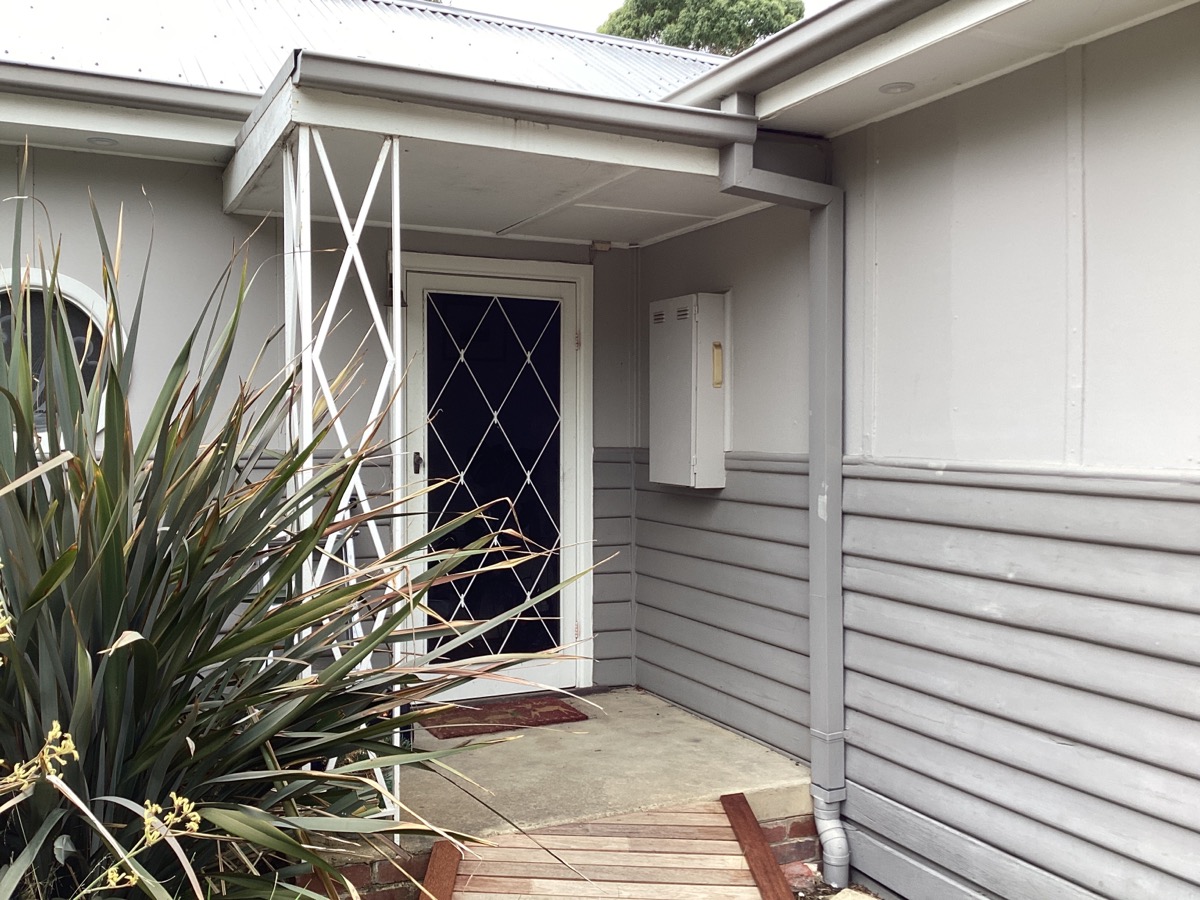A Homeowner’s Guide to Asbestos in Houses
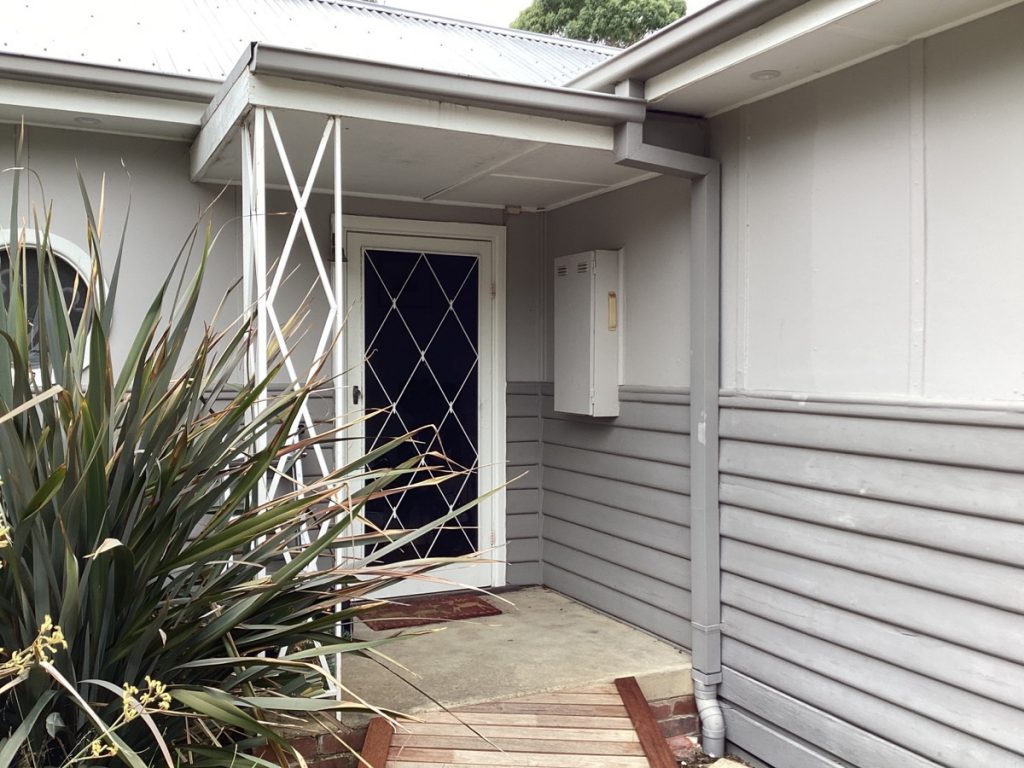
While the use of asbestos has long been banned in Australia (for almost two decades now), it doesn’t mean that you won’t find asbestos in houses and that there’s nothing to worry about this hazardous material anymore.
In our years of service in the asbestos inspection industry, not being aware of asbestos presence in residential properties is one of the many reasons why people get exposed to this material in the first place.
That’s why in this piece, we’re going to share the most common locations in your house where you might find asbestos-containing materials (ACMs). And with this information, hopefully, you’ll be able to minimise your risk of asbestos exposure.
A quick intro to asbestos
Some people think that asbestos is a chemical compound that is manufactured in a lab (or something like that) before it’s processed into an asbestos product.
Unbeknownst to many, asbestos is technically a group of naturally occurring minerals that are mined in several countries like China and Russia.
Australia, in fact, was once a mining hub of asbestos. Wittenoom is one of the places in Australia where the compound was mined and processed. It was commonly used to construct buildings and homes in Australia – especially between the 1950s and late 1980s.
But in December 2003, the total ban on asbestos was implemented in Australia. Mining, manufacturing, and distribution of this material were prohibited. This means that if your home or building was constructed before the ban, asbestos could still be lurking in your homes and workplaces. You’re just not aware of it.
Know more facts, myths, and misconceptions about asbestos.
Places Where Asbestos is Mostly Found
Normally, you would find asbestos in places or items that need fireproofing or insulation since it’s very heat resistant.
- Houses
- Commercial buildings/workplaces
- Automotives
In this piece, we’re going to focus on asbestos in residential properties. Whilst it’s very difficult to be able to identify asbestos or ACMs just by looking at them – at least without the correct training, there are some places in homes that are more likely to contain asbestos than others.
This knowledge may come in handy especially if you’re looking to buy an old house that was built before the ban.
To help you gauge the safety of a residential property that you’re currently living in or planning to buy, below are the most common places in your house where you might find asbestos-containing materials.
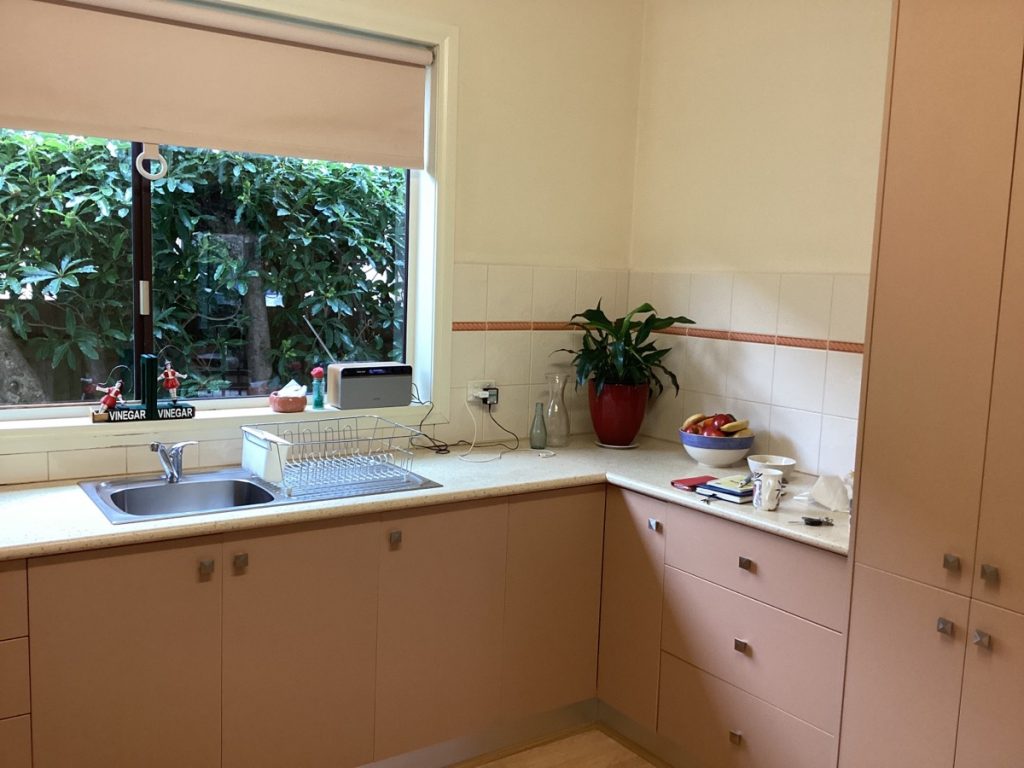
Asbestos in houses
If you live in a house that was constructed before December 2003, it’s wise to assume that it has asbestos-containing materials.
It’s the same way with buying a house or property. Although many homeowners will tell you whether the property that they are selling contains asbestos or not (if they are aware), it’s still a good idea to assume that it is a possibility that asbestos may be present.
Asbestos can be in a variety of different areas of a home or building and can be in many different forms. Some of the following materials could contain asbestos:
- Asbestos Cement Sheeting/ Fibro Board
- Vinyl Floor Covers
- Electrical Boxes
- Asbestos Corrugated Roofs
- Fireplaces
- Heating Systems & Flues
- Old Boilers/ Water Heating Systems
- Window Putty
- Popcorn Ceilings
- Insulation
- Asbestos Roof tiles, Felt and Shingles
These are only some of the asbestos-containing materials that you should watch out for in your current residence or the house you’re planning to buy.
If you’re planning to renovate your current home that you suspect has asbestos in it, put your project on pause and have a Greenlight Asbestos Inspection carried out, prior to works, to prevent any accidental disturbance of asbestos materials to avoid potential health risks and massive decontamination costs.
The best thing that you can do is to hire asbestos testing professionals like Greenlight first to confirm whether asbestos is present in your home or not.
Our team of professional asbestos inspectors will carefully collect samples from your house and test them in the lab for asbestos.
Once we’ve confirmed that these materials are indeed asbestos, we will recommend you the best steps moving forward. These steps will ultimately depend on the amount, friability, and condition of the asbestos-containing materials that we found in your house.
But until then, it’s best to hold off on any renovation or demolition projects that you’ve got on your calendar.
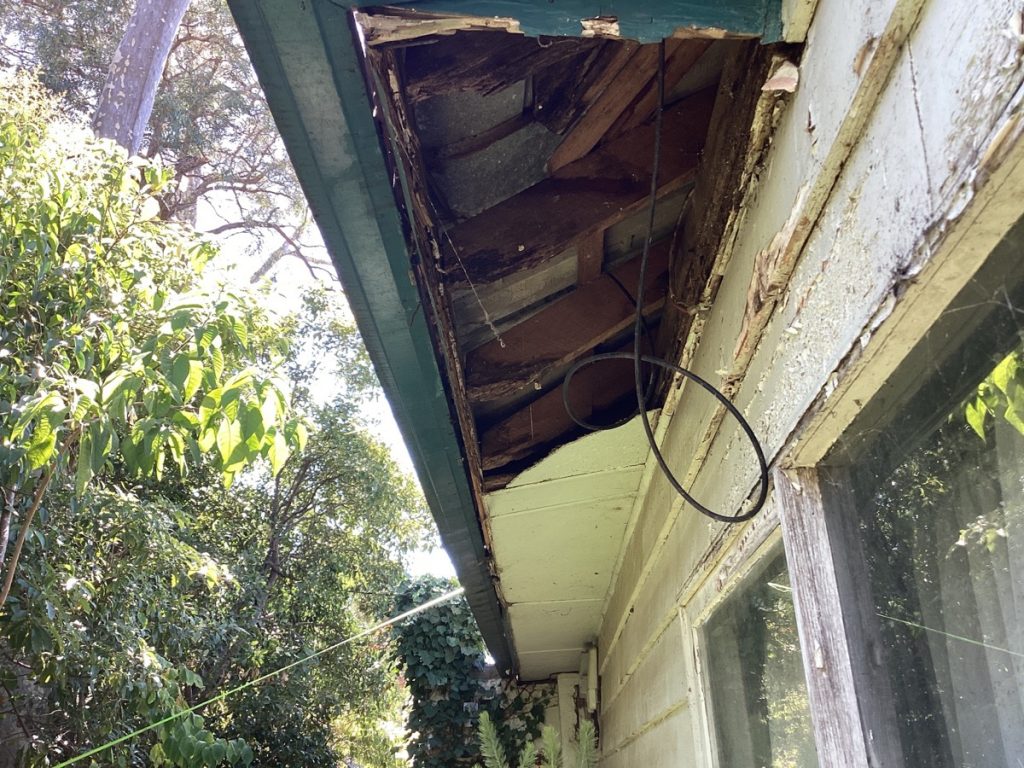
External areas of the home likely to have asbestos
Due to asbestos being very versatile and having many beneficial properties such as water resistance, an electrical and fire insulator and remarkable strength it was used in many areas and materials on the exteriors of homes. Common uses were:
- Eaves
- Porch Ceilings
- Porch Walls
- Gable Ends
- Wall Cladding
- Inside Electrical Boxes
- Window Putty
- In Brick Letter Boxes
- Roofing materials
- Flues
- Garden Sheds
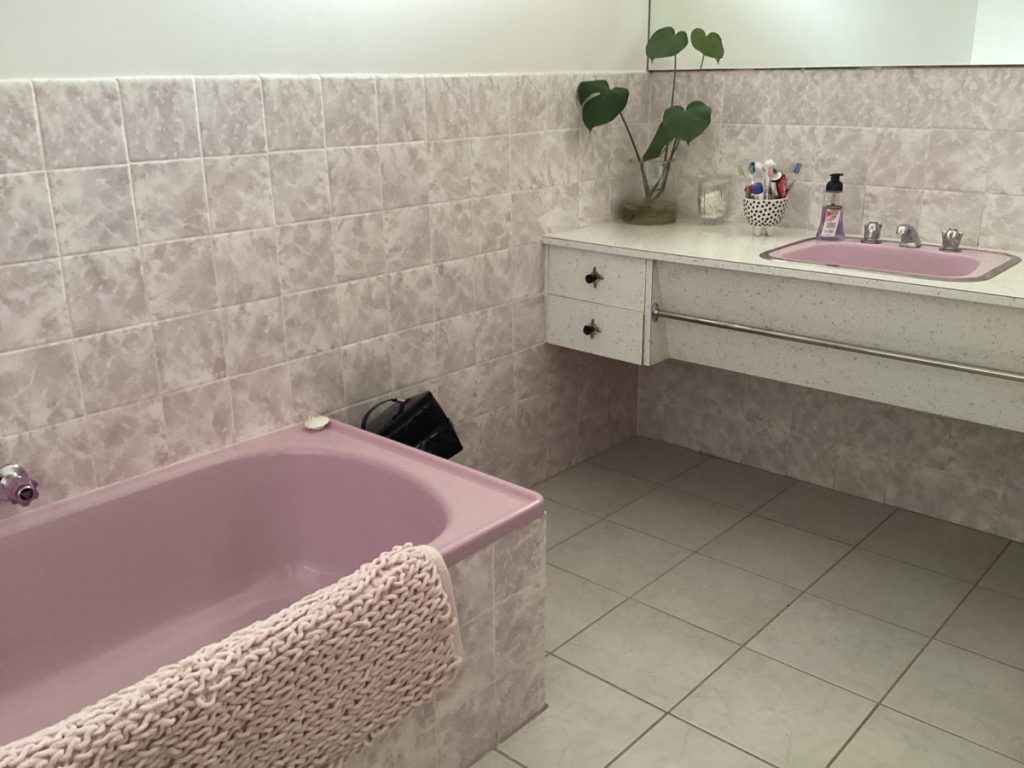
Rooms in homes likely to have asbestos
As asbestos was a very effective waterproof layer it was often used in wet rooms in houses to protect the building’s structure. Due to its heat-resistant properties, it was also used in high-temperature areas. Common rooms in the home where asbestos is found are:
- Kitchen – behind ceramic wall & floor tiles and vinyl floor covers
- Laundry – walls & ceilings, behind ceramic wall & floor tiles and vinyl floor covers, heating system flues
- Bathrooms – walls & ceilings, behind ceramic wall & floor tiles, and vinyl floor covers
- Living rooms – fireplaces and wall heaters
Asbestos in electric appliances
Since most home appliances produce a lot of heat when in use, it’s no wonder why asbestos was found in these products as well.
Asbestos is more likely to be found in appliances that were manufactured prior to December 2003, some of which you might come across as being built into your home.
- Toasters
- Slow cookers
- Range hoods
- Wood stoves
- Coffee pots
- Dishwashers
- Refrigerators and freezers
- Washing machines
- Clothes dryers
- Vacuum cleaners
But before rummaging through your kitchen and throwing away all your appliances, it’s important to note that not every old appliance is going to contain asbestos.
If you are a retro lover and fond of collecting these older-style appliances, you can always have them inspected to ensure they are safe.

In addition to appliances, asbestos could be present in other electrical equipment in your house, such as:
- Recessed lighting
- Fuse box
- Outlets
- Wiring insulation
If you decide to get rid of these appliances and electrical equipment, just make sure to dispose of these appliances properly.
Do not throw them in your standard bin, the best thing to do is to bring them to recycling centres in your area if there are any.
Ways to prevent asbestos exposure
Get asbestos inspection services
To win a battle, you have to know your enemy first. In this case, you have to know everything about asbestos-containing materials. That includes their locations in your house.
If you want an accurate and detailed asbestos report, you will need help from Greenlight’s team of professional asbestos inspectors.
Our inspectors will survey your property to collect samples from suspected ACMs and bring them back to the lab for asbestos testing.
Once we’ve confirmed the presence of asbestos in your house, we will whip up an asbestos report that will detail the locations, friability, condition, and other stuff that you need to know about the ACMs in your house.
Choose Greenlight for asbestos inspection in your house in Melbourne.
We can also recommend which of these materials must be removed from your residence to prevent asbestos exposure, which is something that you should not DIY. Again. It’s better to leave any asbestos work to the professionals.
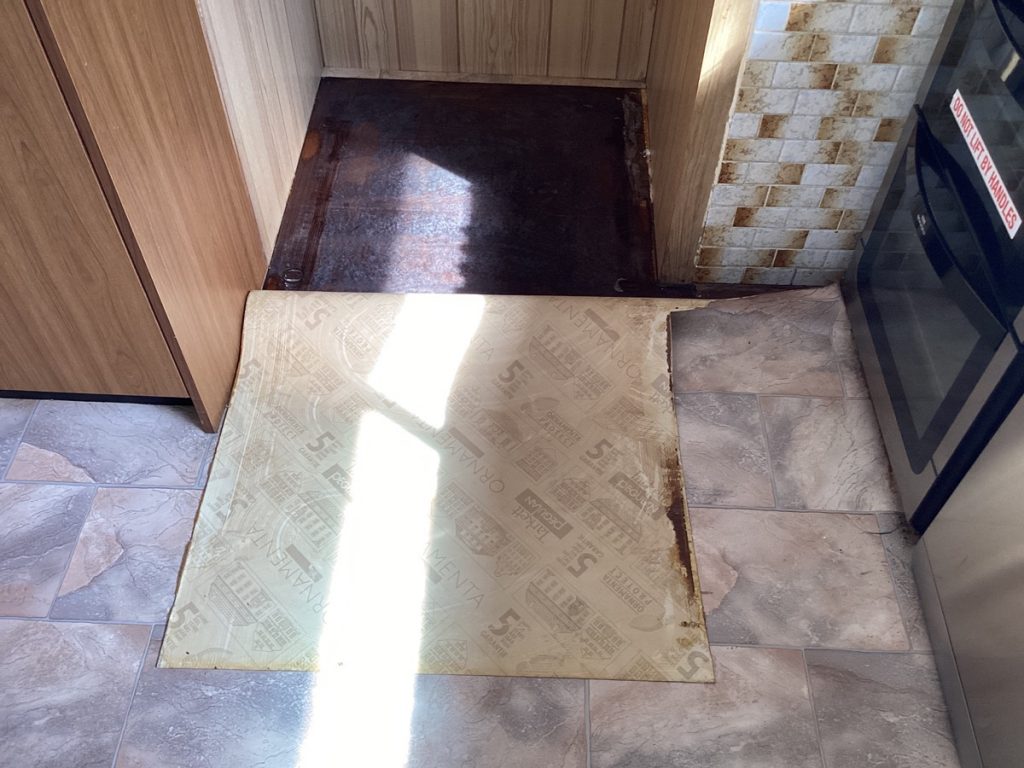
Avoid disturbing the asbestos-containing materials
Another way to prevent getting exposed to asbestos, whether you have suspected or confirmed ACMs in your house, is by making sure that you won’t disturb any of these materials.
There are several ways that you can trigger the release of asbestos dust into the air. Below are only some of them:
- Drilling your drywalls
- DIY removal of ACMs like vinyl floor tiles or roof shingles
- Scraping off the popcorn ceilings
- Cutting insulation pipes
- Removal of your house’s textured paint
If you do any of these, there’s a good chance that you’ll accidentally inhale asbestos dust. These fibres will latch onto your lung tissues and other organs and then wreak havoc from there.
If you get exposed to a significant amount of asbestos, you can develop several asbestos diseases like lung cancer, mesothelioma, and asbestosis later in your life.
To prevent all these from happening, you can make an asbestos management plan, or you can have the ACMs removed from your house entirely. But neither of these two steps won’t be possible without correctly identifying the asbestos in your home first.
That’s why it’s important to get your house tested for asbestos by professionals.
Choose Greenlight for asbestos inspection
If you’re a homeowner living in a vintage home and you suspect that ACMs might be lurking around the house, there’s no better way to confirm your hunch but to hire asbestos professional inspectors like Greenlight.
We offer residential asbestos inspections in Victoria and Melbourne to make sure that every homeowner knows what they’re dealing with.
Just contact us if you want your home tested for asbestos!

Melbourne Based OHS Consultancy | Hazard Identification & Management
Book Your Onsite Inspection NowRecent Posts

Greenlight on 3AW
View Post »
Your Most Common Questions About Silica Dust and Silicosis Answered
View Post »

